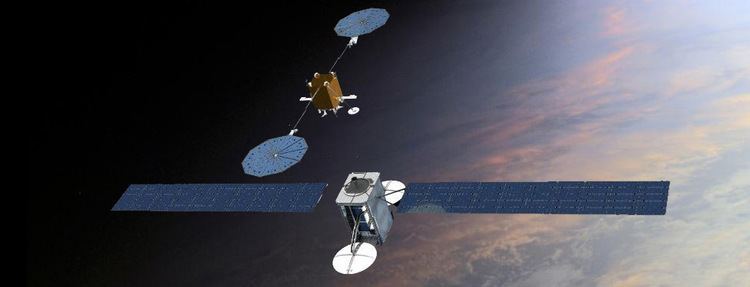Manufacturer Orbital ATK | ||
 | ||
Similar Thaicom 8, Cygnus CRS OA‑5, Cygnus, EUTELSAT 9B, Eutelsat 5 West A | ||
The Mission Extension Vehicle (MEV) is a spacecraft concept proposed by ViviSat, a 50/50 joint venture of aerospace firms U.S. Space and ATK, to operate as a small-scale in-space satellite-refueling spacecraft.
Technical capabilities and competition
ViviSat will compete for space servicing business with the recently announced Space Infrastructure Servicing (SIS) vehicle from MDA. However, the two vehicles will operate with different technology approaches. ViviSat will connect to the target satellite in the same way as MDA SIS, but will not transfer fuel. It will rather use "its own thrusters to supply attitude control for the target."
In a June 2012 article in The Space Review, a number of approaches to satellite servicing were discussed. ViviSat's Mission Extension Vehicle is reported to operate at the "less complex" end of the technology spectrum, which could offer higher reliability and reduced risk to satellite owners.
ViviSat believes their approach is more simple and can operate at lower cost than MDA, while having the technical ability to dock with "90% of the 450 or so geostationary satellites in orbit," whereas MDA SIS can dock to only 75%.
"In addition to extending the life of an out-of-fuel satellite, the company could also rescue fueled spacecraft like AEHF-1 by docking with it in its low orbit, using its own motor and fuel to place it in the right orbit, and then moving to another target."
By March 2012, ViviSat was finalizing its design and was "ready to build" the servicing spacecraft, but as of June 2012, ViviSat has announced no customers for the Mission Extension Vehicle services.
ViviSat will use the ATK A700 satellite bus.
